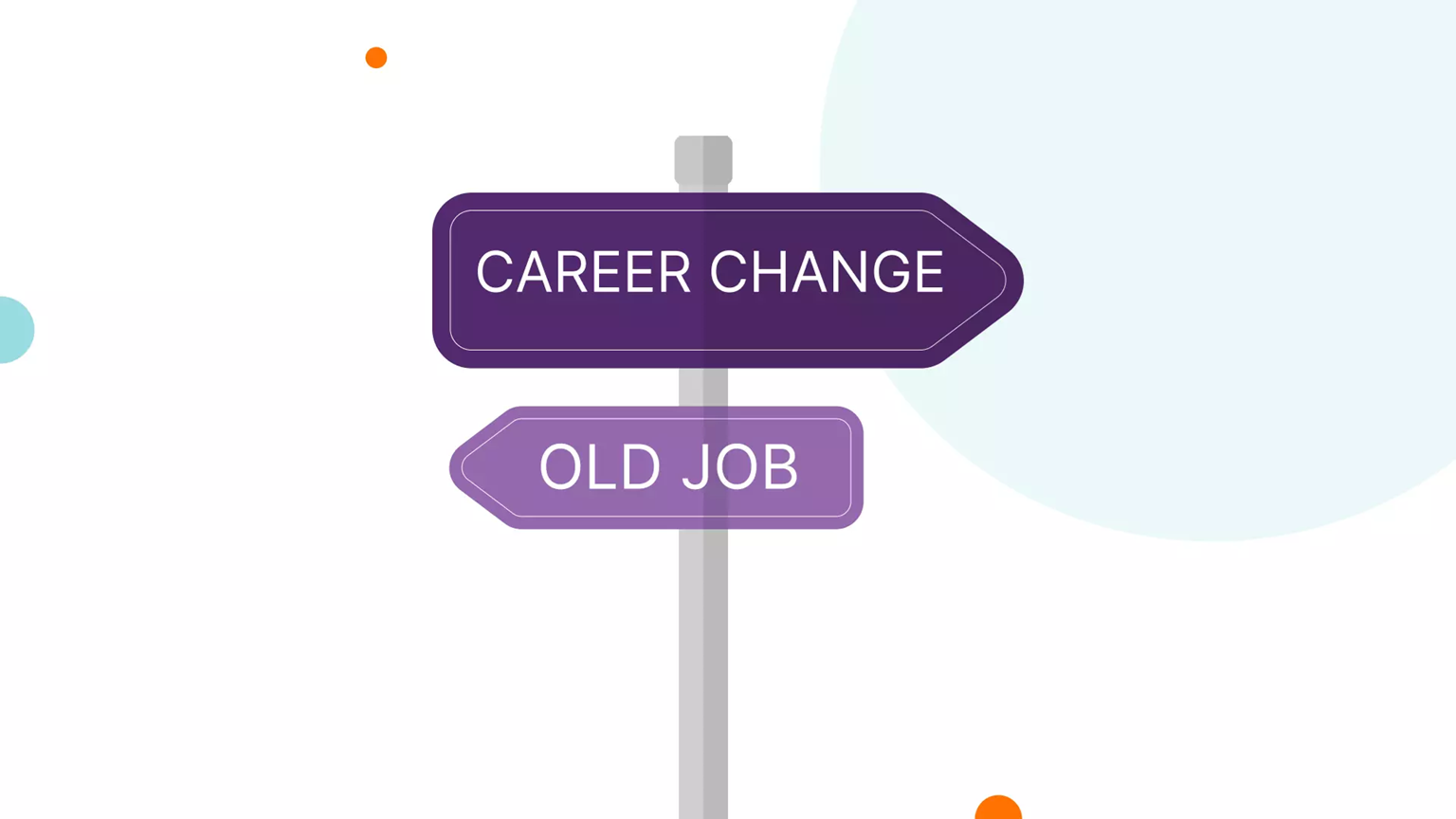In today’s rapidly evolving business landscape, employee development has become a cornerstone for achieving long-term success. Companies that prioritize employee development foster a culture of growth, engagement, and loyalty, while also creating a competitive advantage in their respective industries. Whether you’re running a small business or managing a large corporation, investing in employee development is one of the most impactful decisions you can make for both your workforce and your bottom line.
What is employee development?
Employee development refers to the continuous process of improving the skills, knowledge, and competencies of employees. It involves providing training programs, workshops, seminars, mentorship, and on-the-job experiences that help employees advance in their careers and stay ahead of industry trends. Employee development is not just about improving the workforce’s technical skills—it also includes leadership training, personal growth, and fostering a positive company culture.
When employees feel empowered to learn and grow, they are more likely to be engaged, productive, and committed to their employer’s mission. In a competitive job market, employee development strategies can be a key differentiator that attracts and retains top talent.
7 Benefits of investing in employee development
1. Increased employee productivity

One of the primary reasons why businesses invest in employee development is the significant boost in productivity. Training programs provide employees with the skills they need to do their jobs more effectively and efficiently. Whether it’s through technical training, time management workshops, or leadership development, employees are empowered to work smarter, not harder.
When employees are well-equipped with the right skills, they spend less time figuring out problems and more time contributing to the company’s goals. This results in improved output and faster project completion, which directly contributes to the bottom line.
Example:
Consider a company that invests in training employees on the latest software tools for their industry. Employees who are comfortable with these tools can complete tasks faster and with fewer errors, leading to increased productivity and smoother operations.
2. Higher employee retention
Employee turnover is a significant cost for companies, both financially and in terms of morale. By providing employees with opportunities to learn and grow, businesses create an environment where employees feel valued and supported. When employees see that their employer is committed to their personal and professional growth, they are more likely to remain loyal to the company.
According to studies, employees are more likely to stay with a company that offers professional development opportunities. These opportunities not only increase job satisfaction but also foster a sense of belonging and commitment to the company’s mission.
Example:
Take the case of Google, a company renowned for its investment in employee development. Through initiatives like Google’s Career Guru program and their generous learning stipends, Google has managed to maintain low turnover rates compared to the tech industry average, all while fostering a culture of continuous learning.
3. Improved employee engagement

Employee development leads to higher levels of engagement within the workforce. When employees feel that their employer is investing in their growth and success, they are more likely to be motivated to give their best effort. Engagement goes beyond just job satisfaction; it also relates to how emotionally invested employees are in their work and how committed they are to the organization’s success.
By offering employees the tools and knowledge they need to thrive, companies inspire them to take ownership of their roles, leading to higher levels of engagement and a more vibrant workplace culture.
Example:
Salesforce, a leader in cloud computing, is known for its commitment to employee development. Their Trailhead program offers personalized learning paths for employees at all levels. As a result, Salesforce enjoys higher employee satisfaction and engagement levels, which contribute to the company’s strong performance.
4. Stronger company culture
A company’s culture is one of its most valuable assets. By prioritizing employee development, companies foster a culture of continuous improvement and learning. This type of culture encourages collaboration, innovation, and a positive work environment where employees support each other’s growth.
Employee development programs often emphasize not only technical skills but also soft skills like communication, leadership, and emotional intelligence. These skills help build a strong, collaborative culture that promotes trust, respect, and teamwork.
Example:
At Zappos, the online retailer known for its excellent customer service, employee development plays a key role in shaping its customer-centric company culture. Through training programs and leadership initiatives, Zappos ensures its employees are equipped with the skills and mindset needed to deliver exceptional service, which directly contributes to their strong reputation.
5. Attraction of top talent

In today’s competitive job market, top talent is often looking for more than just a paycheck. Prospective employees are increasingly seeking companies that offer opportunities for growth and development. By implementing robust employee development programs, companies position themselves as attractive employers who invest in their people.
Organizations that provide career advancement opportunities and ongoing training are more likely to attract skilled professionals who want to grow with the company. Having a reputation for investing in employees’ futures can make your company stand out in a crowded job market.
Example:
Consider LinkedIn, a company that has consistently ranked high on the best places to work lists. LinkedIn offers numerous development programs, such as LinkedIn Learning, which gives employees access to thousands of courses and tutorials. As a result, LinkedIn not only retains its current employees but also attracts top talent from around the world.
6. Boosted innovation and creativity
A well-developed workforce is better equipped to innovate and contribute creative solutions to business challenges. When employees are exposed to continuous learning and development opportunities, they can bring fresh ideas to the table. This is especially important in industries that rely on innovation to stay ahead of the competition.
Training programs focused on problem-solving, creativity, and leadership encourage employees to think outside the box and challenge the status quo. As a result, businesses with strong development programs tend to be more agile and responsive to market changes.
Example:
3M, the multinational conglomerate, is known for its culture of innovation, which is supported by its commitment to employee development. One of 3M’s most famous inventions, the Post-it Note, came from an employee who was encouraged to explore creative solutions through the company’s development programs. This emphasis on learning and creativity has led 3M to become one of the most innovative companies in the world.
7. Improved customer satisfaction

Employees who are well-trained are better equipped to provide high-quality service to customers. By investing in employee development, businesses can ensure that their teams are knowledgeable, professional, and capable of handling customer inquiries and concerns effectively. This leads to higher levels of customer satisfaction and loyalty.
When employees are empowered with the right skills, they can deliver better products and services, which in turn improves the customer experience and strengthens the company’s brand.
Example:
Ritz-Carlton, the luxury hotel chain, is a prime example of how employee development leads to exceptional customer service. Through its Ritz-Carlton Leadership Center, employees undergo extensive training programs focused on creating unforgettable experiences for guests. This focus on development has earned Ritz-Carlton a reputation for delivering unparalleled customer service.
Investing in employee development is one of the smartest decisions any business owner or manager can make. From increased productivity and innovation to improved employee retention and customer satisfaction, the benefits are clear. By prioritizing employee growth and providing ongoing training and development opportunities, companies can foster a culture of excellence that drives both individual and organizational success.
As businesses continue to navigate the complexities of the modern world, investing in employee development will continue to be a key factor in achieving sustained growth and profitability. So, if you haven’t already, now is the time to start investing in the most valuable asset your company has: its people.
Frequently asked questions (FAQs)
Q1: How do I start implementing an employee development program in my company?
A1: Begin by identifying your company’s specific training needs and the areas where employees would benefit most from development. Start small by offering workshops or online courses, and gradually expand the program as you see results. It’s essential to align the development initiatives with your company’s goals and culture.
Q2: What types of employee development programs should I offer?
A2: The types of programs you offer depend on your employees’ needs and your business goals. Consider offering leadership training, technical skill development, time management workshops, team-building exercises, and soft skills training such as communication and emotional intelligence.
Q3: How do employee development programs benefit the bottom line?
A3: Investing in employee development leads to increased productivity, reduced turnover, higher employee engagement, and improved customer satisfaction—all of which positively impact your company’s bottom line. A well-developed workforce contributes to better performance and long-term business success.
Q4: How can I measure the success of an employee development program?
A4: Measure the success of your employee development program by tracking metrics such as employee retention rates, productivity improvements, employee satisfaction surveys, and customer satisfaction scores. Regular feedback from employees can also help assess the program’s effectiveness.




